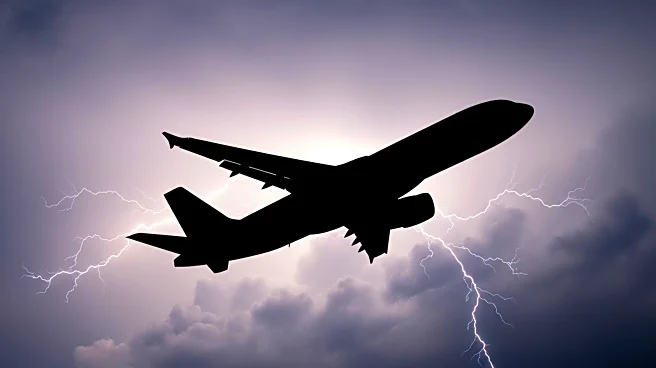What's Happening?
Spirit Airlines has filed for bankruptcy protection for the second time in a year, struggling to stand out in the crowded leisure travel market within the United States. The airline previously filed for bankruptcy in November and exited by March, but continues to face existential threats due to competition and weak demand. CEO Dave Davis stated that the earlier bankruptcy focused on reducing debt and raising capital, but the current filing presents an opportunity to further position Spirit for the future. The company is proceeding with a comprehensive strategic approach to address its financial challenges.
Why It's Important?
Spirit Airlines' repeated bankruptcy filings highlight the intense competition in the leisure travel sector and the difficulties faced by budget carriers in maintaining profitability. The airline's financial instability raises concerns about its long-term viability and the potential impact on its workforce and service offerings. The strategic measures taken by Spirit could set a precedent for other budget airlines facing similar challenges. The outcome of Spirit's restructuring efforts will be closely watched by industry analysts and investors, as it may influence market dynamics and competitive strategies in the airline industry.
What's Next?
Spirit Airlines is expected to continue its restructuring process, focusing on strategic evaluations of its business operations. The company aims to address its financial challenges through comprehensive measures, potentially involving asset sales and operational adjustments. The airline's future will depend on its ability to adapt to market conditions and competitive pressures. Stakeholders, including employees, investors, and industry observers, will be monitoring the company's progress and any further developments in its bankruptcy proceedings.














